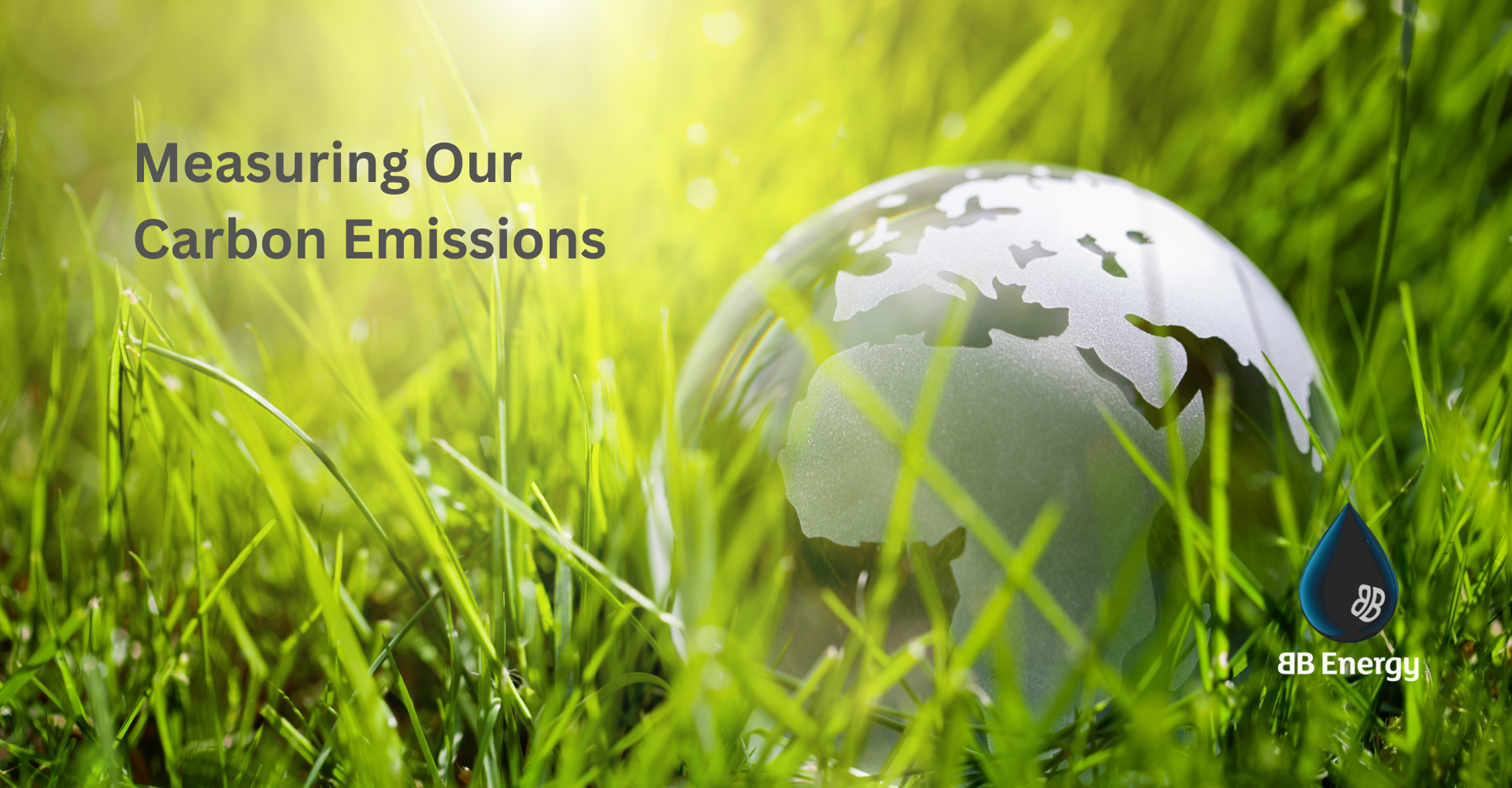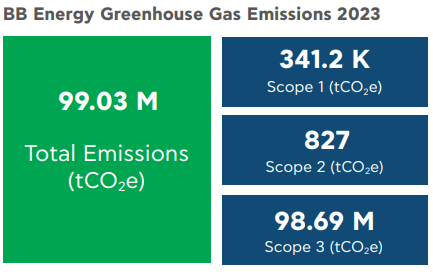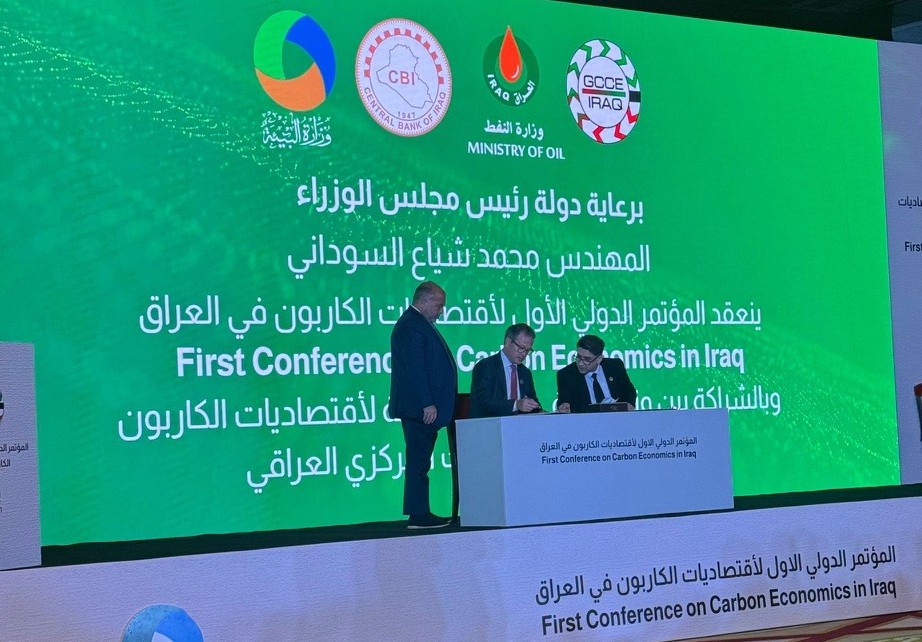
Case Studies
Quantifying BB Energy’s Greenhouse Gas Footprint
Our purpose is to empower people, communities and businesses by responsibly trading traditional, transitional and renewable energy. This case study explains the methodology we use to calculate our GHG emissions.
BB Energy 19 August 2024
Our ESG framework, which is detailed in our Company Profile, is our response to the ESG issues we have identified that could have the most material impact on our business, and those where our business may have most impact on the world.
One of our priority areas of focus is climate change and the energy transition. In order to manage climate risks it is critical to fully understand our greenhouse gas emissions through detailed and accurate carbon accounting across our business units.
To do this we worked with global carbon accounting software firm, CarbonChain, to track and report our greenhouse gas emission through a full cradle-to-grave assessment across our scope 1, 2 and 3 emissions.
To create a complete picture of our corporate and trade emissions we followed CarbonChain’s three step process.
Step 1: Setting the boundaries
Understanding our full carbon footprint requires two types of carbon accounting, at both a company and trading portfolio level.
This covers our scope 1 and 2 emissions caused by the Group’s operations and our scope 3 emissions both upstream (our supply chain) and downstream (customers and end users) across all group entities. Downstream Scope 3 emissions include fuel combustion from end-users so they are almost always the most significant source of emissions for an energy trader’s carbon footprint and this proves to be the case with BB Energy.
BB Energy uses CarbonChain to analyse emissions across our full portfolio of traded energy products, from cradletograve. These emissions calculations also form part of the Corporate Carbon Footprint.
Step 2: Mapping the boundaries
To calculate accurately we need to understand who our suppliers and customers are, how the products were produced and transported, where they are and what we traded with them.
Working with the experts from CarbonChain we gather the data to map out every operation, supply chain and trade – including data relevant to emissions such as: electricity usage, shipping data, employee movements.
Step 3: Calculating the greenhouse gas footprint
Once steps 1 and 2 are complete, the input information can be uploaded to the CarbonChain platform, which calculated and presented:
- BB Energy’s corporate carbon footprint (comprehensive Scope 1-3, using the most accurate activity-based method) and GHG Protocol aligned methodology;
- The total carbon footprint of BB Energy’s trading activities;
- The carbon intensity of every trade;
- Emissions of vessels;
- Asset-level and activity-level emissions breakdowns.
The result
BB Energy Greenhouse Gas footprint for 2023 is available in our 2024 Company Profile and on our website. Stakeholders with a need for more information can also request a CarbonChain’s detailed BB Energy Corporate Emissions Report.

You might also like...

News
BB Energy launches RCF syndication 2025
BB Energy launched the Syndication of its 2025 Revolving Credit Facility 2025 in Dubai today.
Read more
27 May 2025

News
BB Energy signs MoU at Iraq’s first environmental credits conference
BB Energy was delighted to sign a ground-breaking MoU with Iraq’s General Company for Carbon Economics (GCCE) at Iraq's first ever carbon economics conference.
Read more
23 May 2025

News
BB Energy Company Profile 2025
BB Energy has launched its Company profile for 2025, providing in depth insights into the company’s performance across our trading, downstream and renewables businesses.
Read more
19 May 2025
